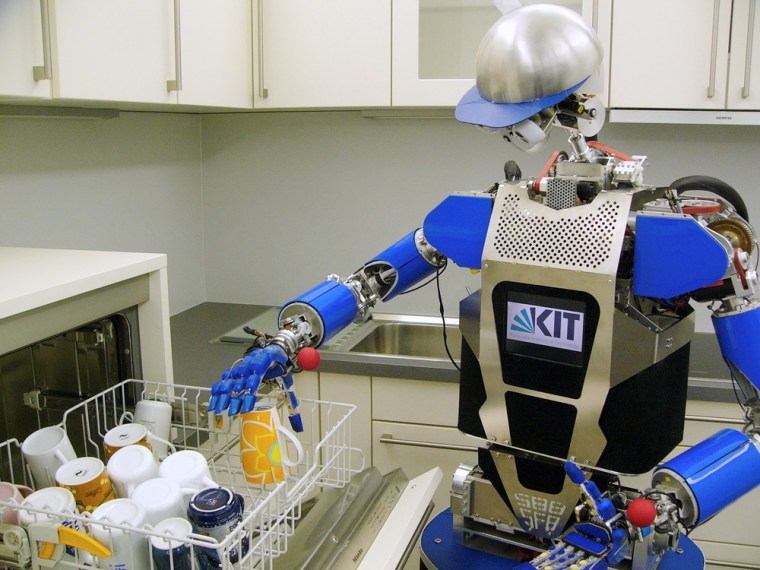Science fiction is quickly taking a back seat to science fact. Just look at a new report by the country's leading roboticists. By 2030, it says, robots will be everywhere.
At the gym, they'll help you train. In operating rooms, flea-sized robots will zip through your blood vessels to repair tissues. Using voice commands and hand gestures, humans will control robots in the cold vacuum of space, while bots deep underwater and high in the air will collaborate to protect the U.S. from natural disasters and military threats.
That's the robot future envisioned by researchers at top U.S. universities including Georgia Tech, MIT, Stanford and Carnegie Mellon. In the collaborative report, they predict that robots will become "as ubiquitous over the next decades as computer technology is today."
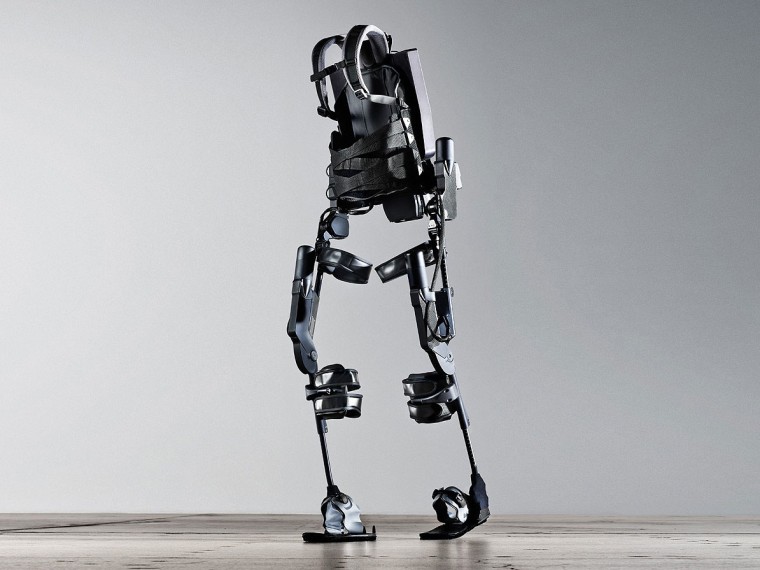
At home and in the operating room
In surgery, robots will not only match human skills, by 10 and 15 years from now, they will likely surpass them.
First come the snake-like robots, performing endoscopic surgeries. After about 10 years, untethered robots about a centimeter across will be sent into the body to "remove polyps or modulate blood flow," according to the report. Think "Fantastic Voyage," minus the teeny tiny Raquel Welch. Fifteen years out, these robots will have shrunk to the size of fleas, to "swim through bodily fluids and bore through tissue to perform highly localized therapies."
Advances in miniaturization will help this trend pan out as predicted, Henrik Christensen — director of the Center for Robotics and Intelligent Machines at Georgia Tech, and co-author of the robotics report — told NBC News. At a recent conference, researchers showed they could track and control the movements of a magnetic bacterium inside a tiny maze.
Exoskeletons like Ekso and Indego are already becoming lighter, easier to wear and use. In 10 years, prosthetics will begin to "match that of biological capabilities," and yes, "Iron Man" fans, in 15 years, they "will enable the human user to become better than human." (Just don't expect your supersuit to come with pulsating energy weapons.
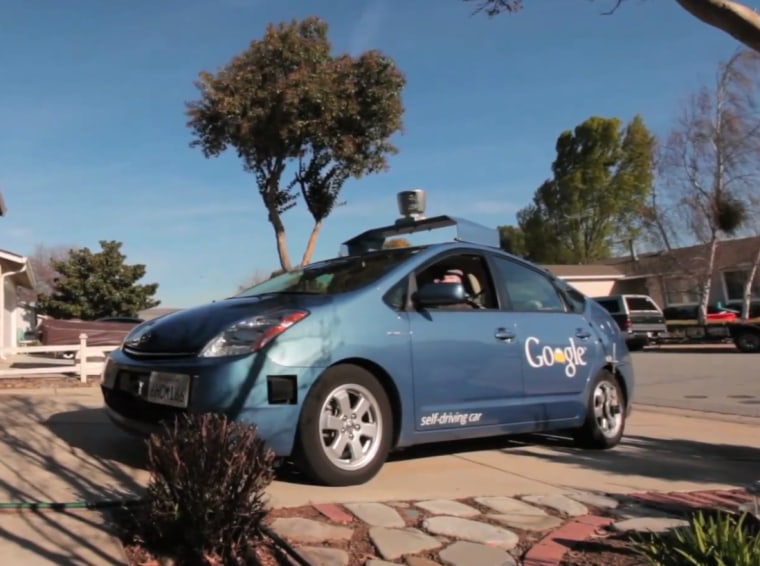
Robot butlers will help bathe and dress people with disabilities, not just in doctor's offices or hospitals, but at home.
"For people who have lost their memory, even simple things like remembering to get food and water are very hard," Christensen said. "Having a robot that reminds you, 'Did you get your water?' or 'Did you have lunch?' — that's a huge deal."
Robots for health care have been developing slower than anticipated, Christensen said, but that's in part due to the delicacy of their work. "We need to be comfortable that they are really good enough before we're able to give them more functionality."
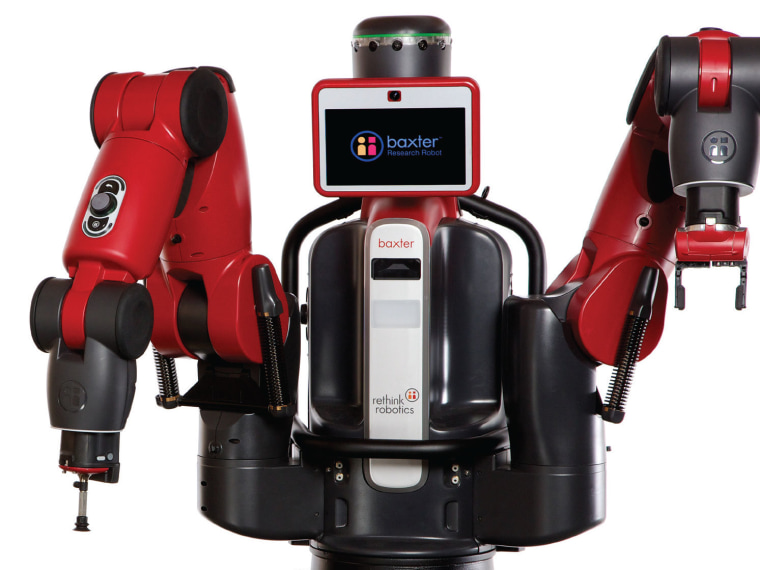
Robotsand industry
On the road, robot drivers 15 years from now will be able to drive anywhere humans can, and will be safer than humans with limited road experience. They'll also be able to learn to navigate in extreme weather and other atypical situations.
Robotic systems have been part of manufacturing since the industrial revolution began. Now they're getting more independent and spunkier. Take the Kiva robots that move around boxes in Amazon's giant warehouses, or Rethink Robotics' Baxter, the humanoid bot that can be customized for various manufacturing and research needs.
This may eventually mean more manufacturing back in the U.S., say robot researchers, who contend it'll be cheaper to use robots for some jobs that are currently outsourced to other countries.
Training people to control and supervise robotic systems must be a key part of college curriculums going forward, even smaller community colleges. Developers will also have to start designing their controls to leverage more of America's preexisting talents, said Christensen.
"The average 20-year-old male has spent 12,000 hours playing computer games," he said. "If we designed our appliances to be more game-like, they would be much easier to use."
Infinity and beyond
NASA's Curiosity rover is exploring Mars, but its human drivers are tens of millions of miles away on Earth. "Typically, they define a mission, plan it out and test it in a simulator before they send the commands off to Mars, to make sure they don't have a surprise," Christensen said.
Meanwhile, Robonaut 2, a humanoid helper, is already on duty at the International Space Station, and the arm-and-torso bot is destined to get gripping legs in the coming years, so that it can help out during spacewalks.
In the future, it's going to be easier to control robots on other planets and in space. Better headgear will allow operators to see better, and give them an "immersive, theater-style visualization" while exoskeletons and "vibrotactile" gloves will offer touch-sensitive feedback as humans direct robots in delicate manipulations, such as collecting extraterrestrial rock samples.
Ten years from now, "Minority Report"-style flexible displays will turn any room into a simulator, while technologies like Siri and Kinect will be so advanced that robots will easily respond to gestures and spoken instructions.
But the robots won't need to hear so many instructions, either. "We will delegate more of the autonomy to the system," Christensen said. Autopilot systems will do away with the need for constant human supervision entirely.
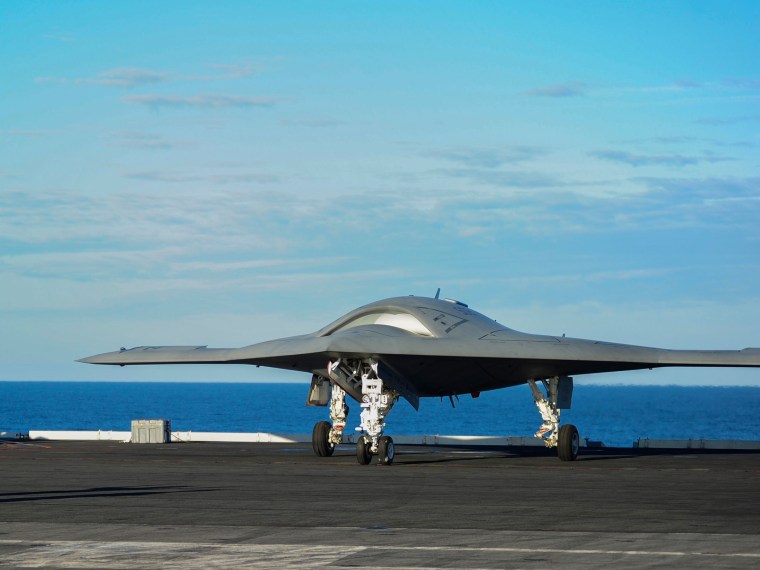
Those killer robots
In 15 years, military robots will be able to participate in "collaborative engagement ... against a standoff threat" on the ground and in the air, says the report. Military robots will eventually monitor city coastlines like Manhattan or Miami, in the event of a terrorist warning, or stand guard over critical infrastructure, such as an oil pipeline.
They'll have better power systems, be able to communicate better and have ways of parsing and sending back the image and sensor data that they collect. Robots will be human controlled, or human supervised, but fully autonomous, that is, capable of flying themselves.
As vehicles get more independent, human operators will be responsible for multiple crafts — like a gamer controlling a team on the football field, but directly manipulating just one or two at a time. "When one [drone] finds something interesting, the human could drop into it and control it more, which means it is letting the other ones be controlled less," said Peter Singer, author of "Wired for War," a book about current and future military robots.
Unexpected turns
For all their predictions over the last few decades, the evolution of robotic technology is constantly surprising researchers. For example, Microsoft's Kinect has completely changed the industry's approach to sensor technology, said Christensen, in part because it's so affordable. Also, "we've seen a degree of miniaturization that no one expected," he said. However, there have been some delays, especially in health care.
We may not be in the Jetson's age yet, and Roomba is no Rosie, but even Christensen agrees: "Science fiction — it's happening."
Nidhi Subbaraman writes about technology and science. Follow her on Twitter, Facebook or Google+.
